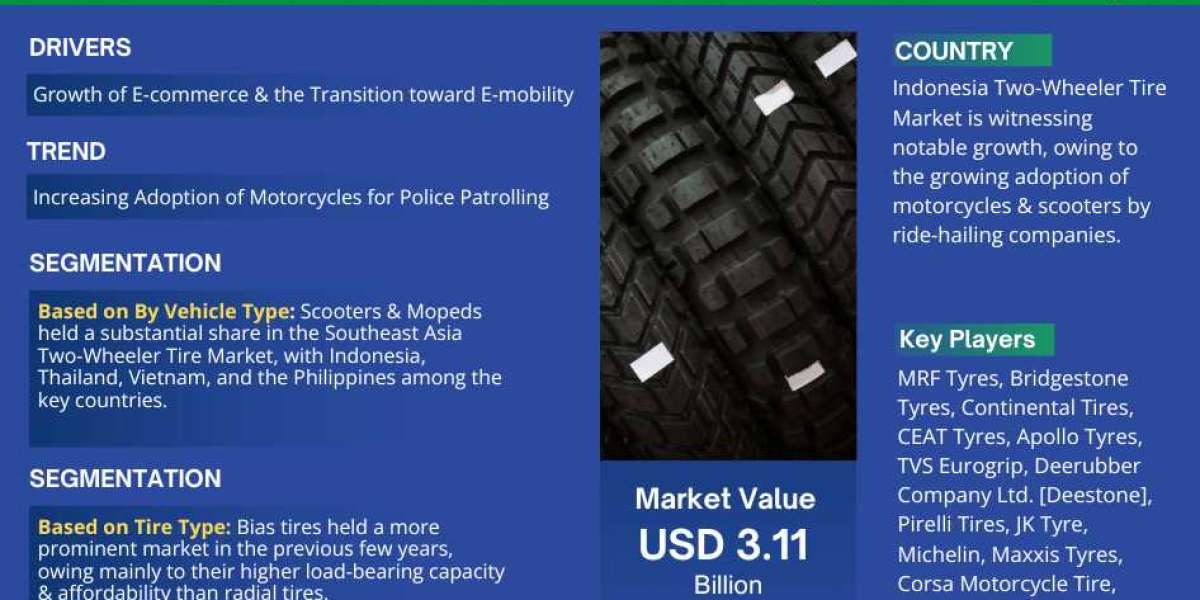In the digital age, payment gateways have become indispensable tools for businesses venturing into online commerce. These platforms facilitate secure and seamless transactions, enabling merchants to accept payments from customers worldwide. However, despite their numerous advantages, payment gateways are not without their drawbacks. If you’re looking to start your own payment gateway business, it’s crucial to understand these challenges. In this comprehensive article, we will explore some of the drawbacks associated with payment gateways, shedding light on the challenges that businesses may encounter when utilizing these platforms. Read on.
Introduction to Payment Gateways
Payment gateways serve as the bridge between merchants and payment processors, facilitating the authorization and processing of online transactions. They encrypt sensitive financial information, verify the validity of transactions, and ensure the seamless transfer of funds between buyers and sellers. From e-commerce websites to mobile applications, payment gateways play a crucial role in enabling businesses to accept payments from customers across the globe.
Understanding the Drawbacks of Payment Gateways
- Transaction Fees: One of the primary drawbacks of payment gateways is the imposition of transaction fees. Most payment gateway providers charge merchants a percentage of each transaction as a processing fee. While these fees may seem nominal individually, they can accumulate over time and significantly impact the profitability of businesses, particularly those with high transaction volumes.
- Technical Issues: Payment gateways rely on complex infrastructure and technology to process transactions securely. However, they are not immune to technical glitches and downtime. From server outages to connectivity issues, technical disruptions can hinder the payment process, resulting in delays and frustration for both merchants and customers.
- Chargebacks and Disputes: Payment gateways provide merchants with protection against fraudulent transactions through chargeback mechanisms. However, this protection comes at a cost. In the event of a dispute or chargeback, merchants may incur additional fees and administrative burdens as they navigate the resolution process with the payment gateway provider.
- Limited Payment Options: While payment gateways offer a wide range of payment methods, including credit cards, debit cards, and digital wallets, they may not support every payment method available in the market. This can limit the accessibility of businesses to certain customer segments and markets, potentially impacting sales and revenue.
- Compliance Requirements: Payment gateways are subject to stringent regulatory requirements and compliance standards, particularly in areas such as data security and privacy. Failure to adhere to these standards can result in fines, penalties, and reputational damage for businesses. Ensuring compliance with regulatory requirements can be time-consuming and resource-intensive for merchants.
Tips to Overcome These Drawbacks
- Minimize Transaction Fees: Compare the fee structures of different payment gateway providers and choose one that offers competitive rates and transparent pricing. Negotiate with your chosen provider to secure favorable terms based on your transaction volume and business needs.
- Ensure Redundant Systems: Select a payment gateway provider that invests in robust infrastructure and redundant systems to minimize the risk of downtime and technical issues. Conduct regular performance testing and implement contingency plans to mitigate the impact of potential disruptions.
- Implement Fraud Prevention Measures: Deploy advanced fraud detection tools and strategies to identify and prevent fraudulent transactions proactively. Train your staff to recognize suspicious activity and establish clear procedures for handling chargebacks and disputes efficiently.
- Diversify Payment Methods: Offer a diverse range of payment options to cater to the preferences of your customers. In addition to traditional credit and debit cards, consider integrating alternative payment methods such as e-wallets, bank transfers, and cryptocurrencies to expand your customer base and increase conversion rates.
- Stay Compliant: Stay abreast of evolving regulatory requirements and industry standards governing online payments. Partner with a payment gateway provider that prioritizes compliance and provides robust security features to safeguard sensitive financial information.
Choosing the Right Payment Gateway Provider
Selecting the right payment gateway provider is crucial for the success of your online business. Here are key factors to consider:
➢ Security Features: Ensure the provider offers robust security measures, including PCI-DSS compliance, encryption, and fraud detection tools, to protect both your business and your customers.
➢ Integration Ease: Choose a provider with easy integration options. Look for flexible APIs, plugins for popular e-commerce platforms, and comprehensive documentation to streamline the setup process.
➢ Transaction Fees: Compare transaction fees and pricing structures. Consider setup costs, monthly fees, and per-transaction charges to find a provider that fits your budget while providing value.
➢ Payment Methods: Opt for a provider that supports a wide range of payment methods, including credit and debit cards, digital wallets, and alternative payment methods. This ensures convenience for your customers and can increase your sales.
➢ Customer Support: Reliable customer support is essential. Choose a provider that offers 24/7 support through various channels such as phone, email, and live chat, to resolve any issues promptly.
➢ User Experience: A seamless and user-friendly checkout experience is vital. Select a provider that offers a smooth and intuitive payment process to reduce cart abandonment rates and enhance customer satisfaction.
By carefully evaluating these factors, you can choose a payment gateway provider that aligns with your business needs and goals, ensuring a smooth and secure transaction process for your customers.
Conclusion
While payment gateways offer numerous benefits for businesses seeking to expand their online presence, it's essential to recognize and address the potential drawbacks associated with these platforms, especially when considering to start your own payment gateway business. By implementing proactive measures and partnering with a reliable payment gateway provider, businesses can overcome these challenges and unlock the full potential of online payments. With careful planning and strategic decision-making, aspiring entrepreneurs can navigate the complexities of payment processing and drive growth in the digital era, setting a solid foundation for their payment gateway venture.








